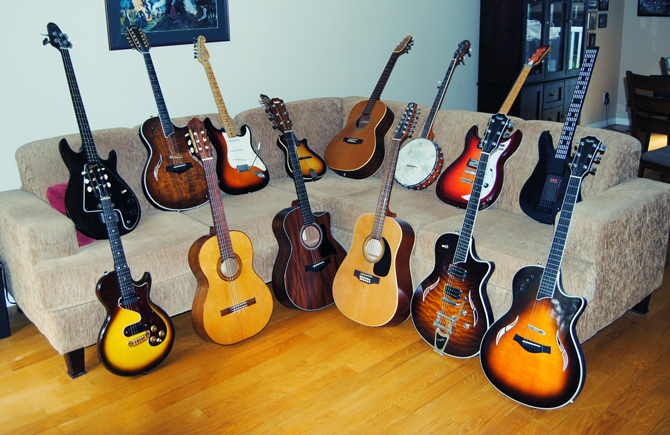When Muddy Waters came to Chicago in 1943, musicians looking for a bit of money would set up all along the Maxwell Street Market. The Market had stores of all kinds, dry goods, fresh produce, meat and fish, textiles and garments, jewellers and barbers, pharmacies, pawn shops, the back rooms of these stores devoted to card games and dice. Muddy met guitarist Jimmy Rogers there and they became fast friends, both being from the Delta, both raised by their grandmothers. Rogers introduced Muddy to Little Walter, a young fireball who wore the scars of many knife fights on his face. Muddy said that Little Walter “could think twice to your once” and took the blues harp into uncharted territory. They formed a band with Baby Face Leroy on drums and played clubs like the Zanzibar, the Chicken Shack, the Purple Cat, Silvio’s and the Du Drop Inn. The clubs were very violent, recalls Rogers. “Some guy would get mad with his old lady and they’d fight. Somebody would get cut or get shot.”
When drummer “Elgin” Edmonds joined the band with pianist Otis Spann, Muddy had a real blues band on his hands. The photo on the right shows Muddy, Henry Armstrong, a sign painter who helped the band make posters, Otis Spann at the piano, Henry “Pot” Strong on harp, drummer Elgin Edmonds in the background and Jimmy Rogers on guitar. Henry Strong was nicknamed “Pot” because of his fondness for reefer. Sometime after this photo was taken, Jimmy Rogers gave Pot a ride home. Muddy had gone on before and was already there. A scuffle broke out between Pot, a ladies man, and his jealous wife Juanita, who stabbed him through the lung. Muddy found Pot bleeding on the lobby’s marble floor, wrapped him up in a quilt and drove him to the hospital but Pot died on the way. He was 25 years old.
It was at this time that blues music, previously rural, became urban. The electric instruments, and especially the drums, conquered the unruly crowds and the solid beat sent everybody to the dance floor. The blues was now dance music and its popularity skyrocketed.
Harmonica player Willie Foster recalls visiting Muddy’s apartment and Willie Dixon answered the door. Muddy was shaving in the bathroom and stuck his head out, asking Foster “Are you ready?” to which Foster replied “Ready as anybody can be.” Muddy and Willie Dixon looked at each other and the song “I’m Ready” was written in a few days. A little later on, pianist Sunnyland Slim introduced Muddy to the Chess brothers. On the first of September 1954, they cut their first session at the new Chess studios, yielding the hit “I’m Ready.” The recording features Little Walter on chromatic harmonica, Otis Spann on piano, Willie Dixon on bass, Fred Below on drums, Jimmy Rogers on guitar, with Muddy signing. The song hit number 4 on Billboard’s charts.
In an article titled “Pop Music Rides R&B Tidal Wave,” Billboard wrote that rhythm and blues was no longer restricted to a black audience. Used juke box records were being snapped up by white neighborhood kids, in particular records by Muddy Waters, Ruth Brown and Willie Mabon. The popularity of the blues was crossing over to white audiences. Down in Memphis, record producer Sam Philips started Sun Studios and the talent he recorded was stellar : Johnny Cash, Jerry Lee Lewis, Carl Perkins, Howlin’ Wolf and, of course, Elvis Presley. A disc jockey named Alan Freed (1921-1965) came to the forefront of the “crossover” music he played on the radio, calling it “rock and roll,” a phrase originally used in Billboard magazine as early as 1946. By the time I was five, I had a front-row seat to this new music, thanks to my talented and generous brother Gabriel. He patiently introduced me to the music of his time. It was by listening to this music that my obscure world solidified into something clear and so real.
Richard Séguin – voice, electric guitars
Alrick Huebener – electric bass
Roch Tassé – drums

Ajouter un mot